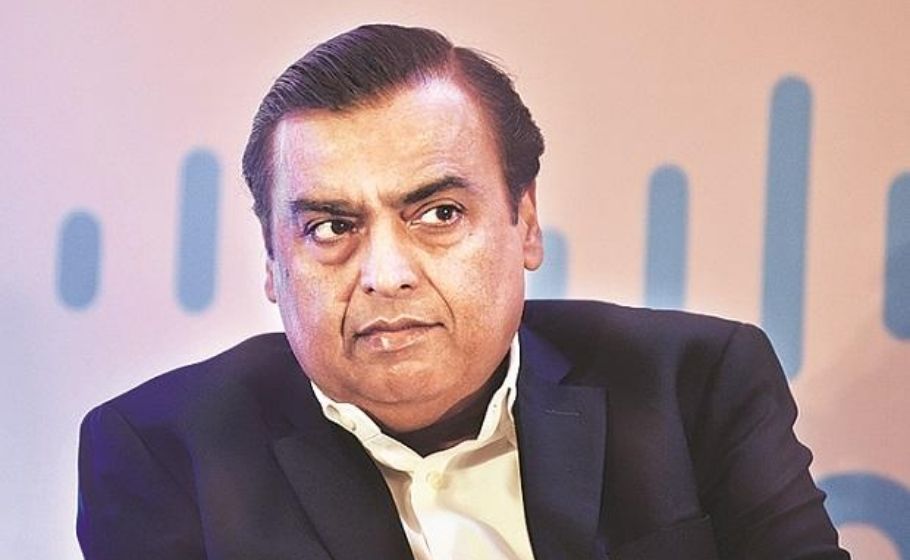
Ambani’s wealth doubled during pandemic, says Oxfam study
Since the virus hit, the rich have become richer and poor poorer. Worldwide, billionaires’ wealth increased by a staggering $3.9 trillion between March 18 and December 31, 2020, says a study report by anti-poverty campaigner Oxfam.

Since the virus hit, the rich have become richer and poor poorer. Worldwide, billionaires’ wealth increased by a staggering $3.9 trillion between March 18 and December 31, 2020, says a study report by anti-poverty campaigner Oxfam. The report, titled ‘The Inequality Virus’ throws light on how the pandemic deepened the existing inequalities across the world.
“In the first months of the pandemic, a stock market collapse saw billionaires, who are some of the biggest stockholders, experience dramatic reductions in their wealth. Yet this setback was short-lived. Within nine months, the top 1,000 billionaires, mainly White men, had recovered all the wealth they had lost with unprecedented support from governments for their economies,” says the report. This is in sharp contrast with the economic crisis faced in 2008 in which the millionaires took around five years to regain their wealth.
Using figures from Forbes’ 2020 Billionaire List, Oxfam says the world’s 10 richest people, including the likes of Jeff Bezos, Elon Musk, Bill Gates, Mark Zuckerberg and Warren Buffett, saw their fortunes increase by half a trillion dollars since the crisis began even though the global economy remains smaller than when the pandemic started a year ago.
Related news | India will be among top 3 economies in 20 years: Mukesh Ambani
This global trend was observed in India too. The report observes that business magnate Mukesh Ambani’s wealth has more than doubled, reaching $78.3 billion, between March and October 2020. According to the report, as on March 18, his net wealth was $36.8 billion which means he has elevated to the position of the sixth richest man in the world from the earlier position of the 21 as listed by Forbes. During that period, according to Oxfam, the average increase in Ambani’s wealth in just over four days represented more than the combined annual wages of all of Reliance Industries’ 195,000 employees.
The report further explains that considering the 227 days between March 18 and October 31, the $41.5 billion increase in his wealth means an average increase of $182.8 million per day. The total salaries and wages of employees of Reliance Industries Ltd in 2019–20 amounted to ₹53,900,000,000, according to the company’s annual report. Using an average exchange rate from April 2019 to March 2020 (the reporting period for Reliance Industries), this is equivalent to $760.3 million.
The report also throws light on how the poorer have been pushed to the margins more and more by the governments during the pandemic. “The austerity measures and structural adjustment programmes have hollowed out public spending and health systems. This has led to high levels of out-of-pocket expenditure on health, and user fees that have rendered essential services inaccessible for people living in poverty –for marginalised communities as well as for women and girls.
“For example, India has the world’s fourth lowest health budget in terms of its share of government expenditure, and people pay for more than 70% of health expenses themselves, yet only half the population has access to even the most basic healthcare services. Public systems that force people to pay for healthcare out of pocket resulted in an increased risk of death during the pandemic; a provisional review of data from 147 countries suggests that when private health expenditures are 10% higher, COVID-19 mortality rates are 4.9% higher.
Related news | Ahead of Diwali, Mukesh Ambani unleashes e-commerce price war
“Studies from several countries show that COVID-19 infection and mortality rates have a clear social gradient. COVID-19 mortality in the most deprived 10% of areas in England is twice that of the least deprived 10%. Similar trends have been reported in India as well, says the report.
The report also discloses that even as late as May 2020, 90% of Dalits, who form the majority of sanitation workers in India – had no health or life insurance and 64% had received no instruction or training regarding their safety during the pandemic.
India’s initial relief package allocated only 0.8% of GDP to social protection for families, resulting in untold economic hardship for the country’s 40 million internal migrants. India saw its biggest migration since Independence, as 10.6 million people walked thousands of kilometres to return to their informal social support networks in rural areas, with a significant number dying along the way.
Some governments have also backtracked on existing protections. In India, for example, despite an already disastrous track record on workers’ rights, several state governments have used COVID-19 as a pretext to increase daily working hours and suspend minimum pay legislation, says the Oxfam study.
The economic effects of the pandemic are edging women out of the workplace and reversing decades of progress on their participation in the labour force. In India as well as in the US, women’s jobs are 1.8 times more vulnerable to loss due to this crisis than men’s.


